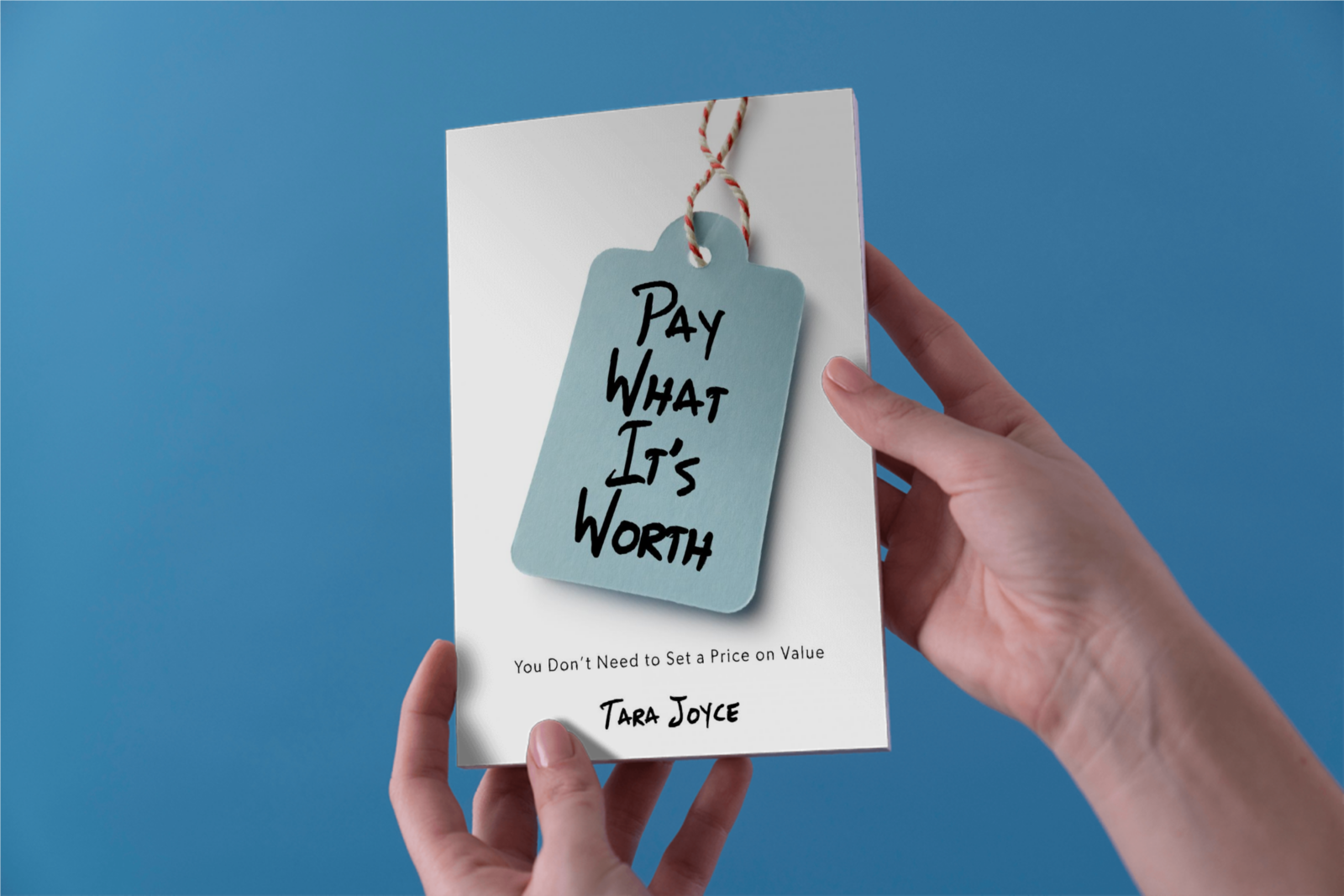
by Tara Joyce | Aug 8, 2014 | Pay What It's Worth Pricing

Have you ever considered why you choose to set prices? For most of us, we set prices because we have been taught, and we believe, that if we do not, our customer will not pay fairly for the item of value we are selling. This feeling, of others not being willing to pay, is based upon the assumption of scarcity that permeates, and is the foundation of, our modern economy and economic theory. >> Read the rest of the article on Local Organics Food Co-ops Network‘s blog.
As my new book catalyzes me to be more public about my business model and pricing method, I’m receiving strong interest and support from individuals working in social responsible and/or sustainable businesses. I’m proud to share the above article with Ontario’s local and organic food co-op network.

by Tara Joyce | Jul 30, 2014 | Cultural Creativity, Pay What It's Worth Pricing

Economic theory is based on the assumption of scarcity – why is that? Aren’t we, collectively, always creating and printing more money? It’s not a limited resource, so why do we use it like it is?
We can’t run out of it. It’s not clean water. Or pandas. We make it, and we can always make more of it. So why should we believe and act like it’s going to run out?
I make a conscious choice to live in a world of abundance, not scarcity. And that includes money.
In Paying What It’s Worth for the value you receive, you shift the traditional supply curve (based on scarcity) to one based on abundance. In not setting prices, you remove the false ceiling that’s been placed on your value, maximizing your return potential, and removing any self-imposed limits to it.
So why not forget that economy of scarcity story? Its plot is full of holes.
photo credit: Paul Nicholson

by Tara Joyce | Jul 9, 2014 | My Journey | What's On My Mind, Pay What It's Worth Pricing

After five years of experimenting with not setting prices, in Pay What It’s Worth: Building Your Sustainable System for Not Setting Prices, I introduce this pricing innovation and share integral strategies for creating a balanced exchange experience, empowering both your customer and you to fairly value what’s being exchanged.

explore how an open pricing system with
Accountability. Norms. Disclosure.
creates and sustains a relationship of
Mutual benefit. Exchange. Connection.
between customer and creator
shaping an economy of integrity for your business to be valued in and grow from
Learn more and read the book

Pay What It’s Worth is self-published by Tara Joyce under Elastic Mind Press. Currently you can purchase a PDF version of the book, and pre-order your print, kindle or EPUB version.







